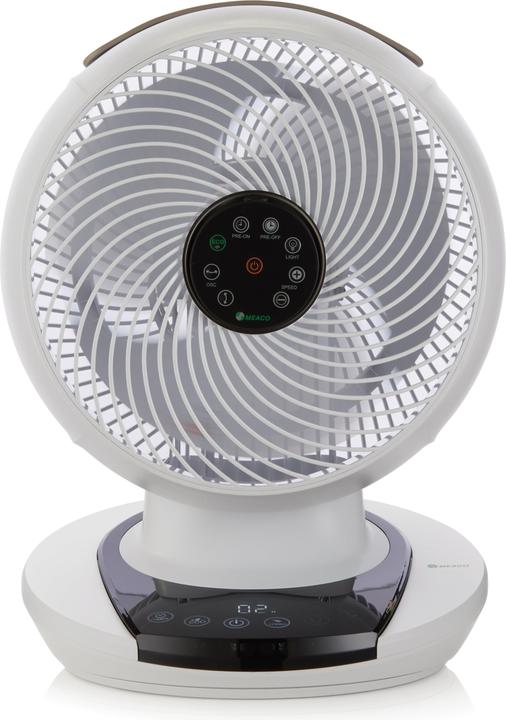

How to keep your home cool without air conditioning
Summer has arrived, the sun is shining and the temperatures are rising. That’s perfect for outdoors, but the last thing you (probably) want is the same temperatures inside your four walls. Here are a few helpful tips and tricks that will help you keep your home cool without an air conditioner.
It’s a cliché, but it’s true: the days are getting longer and warmer. Summer comes with BBQ parties, warm summer nights and over twelve hours of sunlight a day – but it also means the temperatures in your flat or house rise and it may feel humid and quite uncomfortable. The result? Lack of sleep, dizziness or even a heat stroke are possible. Moving to the far north isn’t only an expensive solution, it’s not necessary either. There are plenty of tricks that will keep you and your home pleasantly cool without having to get an expensive, noisy air conditioner that consumes a lot of energy.
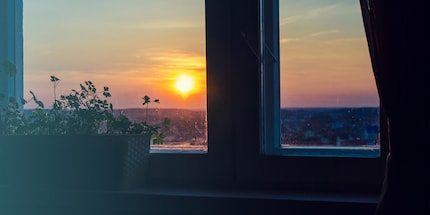
Wet towels and bed linen
Probably the best-known method is the one where you take a towel or sheets and dip in very cold water. Then wring it out and let it dry either on a drying rack in the middle of the room or right in front of a window. While the fabric dries, heat is extracted from the air. As the moisture escapes from the fabric and evaporates, the ambient temperature is cooled down. The resulting evaporation chill doesn’t have the same effect as an air conditioner, but it makes the temperature drop by a few degrees for a few hours.
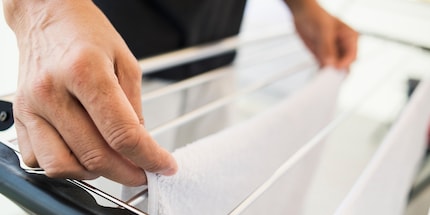
If you often have problems with mould at home, you should be careful with this method, as it also increases the humidity in the air. Mould or not, too much humidity also makes the air feel warmer. Another tip: if you have many rugs, store them in the cellar in summer. Rugs store heat and a bare floor feels cooler when you walk on it barefoot.
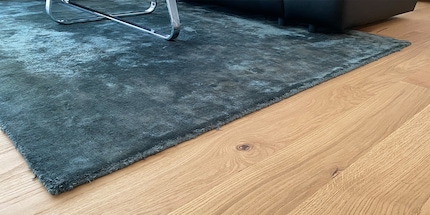
Fans provide a cooling breeze
Unlike the method with wet towels, fans need electricity, but they’re still much more energy-efficient and environmentally friendly than air conditioners. On top of this, a fan will work until you switch it off. Fans make the air circulate, which doesn’t cool the air, but makes it feel cooler. By the way: if you combine the two methods and hang wet towels in front of a fan, you’ll enjoy a cool breeze.
Fans with solar collectors are ideal, as they only consume as much electricity as the sun provides. These fan also only runs when the sun is shining – if it's cloudy but hot outside, they're not much help. Furthermore, fans with solar panels are often only available as a set and have to be installed in the attic, because the solar panels have to be placed outside and are connected to the fan. Also, at over 35 degrees Celsius, one single fan is of no use –- on the contrary, it can even lead to overheating. How come? Although the air circulates, it no longer feels cooler than the ambient air at such high temperatures. You should also never point the fan directly at your face or your eyes will dry out.
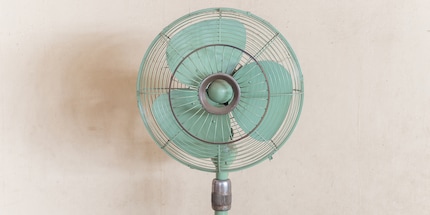
The art of airing
Airing is another method that does more than you might assume. The better your home is insulated, the more effective this method is. After all, if you don't invite the heat inside, it takes much longer to get in through windows, doors and walls. There are a few important rules to follow for effective airing. Don't open the windows and, if necessary, the doors – especially when the staircase is cool –- until the evening, when the outside air has cooled down. It's best to wait until the outside air is noticeably cooler than the air within your own four walls. If you can, leave all doors and windows open all night. This allows as much cool air as possible to get in. Secure windows and doors so that they don't slam shut if it's windy.
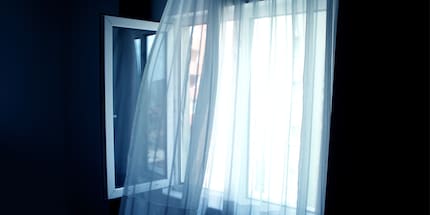
When the sun shines in through the windows the next morning, it's high time to close the windows and shutters. Leave everything closed until it cools down again in the evening. Don't tilt windows, either. It might let you breathe some fresh air, bit it will also let heat in. Short and intense airing is better than continuous airing unless your home faces away from the sun. In this case, you can leave the windows open for a longer time. If you follow these tips, your home will cool down without air conditioning. The only drawback is that the air can smell a bit stuffy in the evening. In addition, the walls cool down less and less during longer periods of heat and the method becomes less efficient.
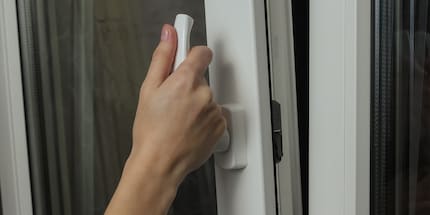
The darker, the cooler
Almost as important as correct airing is making sure all rooms are as dark as possible. Block out the light throughout the day, especially in south-facing rooms.Roller shutters or blinds that are outside the windows are great, as they keep the bright sunlight and the heat away. Blackout curtains are not as good as shutters, but better than nothing. In this case, however, I recommend that you make your own curtain using a shower curtain rod and an old dark towel. This will keep away some of the heat. This trick is especially effective for windows that are exposed to sunlight for a long time.
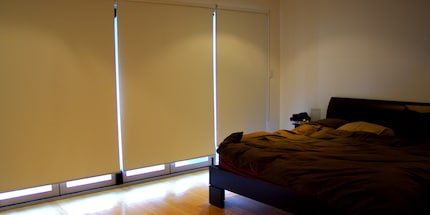
On long summer days, the sun starts heating up our homes early in the morning, so it's important to darken all windows facing east as early as possible. The sun is the strongest around midday, at which time you should shield the windows facing south and west. If you have a balcony with blinds or parasols, open them with the first rays of the sun. This will keep the heat away from the windows and walls and keep your home cooler. Another tip: when airing, open all blinds, shutters and blackout curtains completely. This will allow the cooler outside air to enter your home more easily.
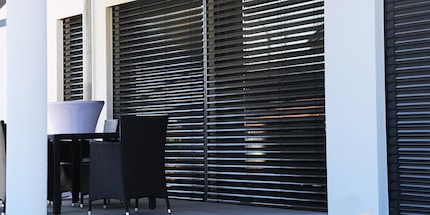
Know any other tricks that help cool down your home without an air conditioner? Drop me a comment down below. Thanks! If you want to stay up to date on the topic of summer cooling and don't want to miss any more tips and tricks for your own household, then follow me by clicking on the "follow author" button.
When I'm not stuffing my face with sweets, you'll catch me running around in the gym hall. I’m a passionate floorball player and coach. On rainy days, I tinker with my homebuilt PCs, robots or other gadgets. Music is always my trusted companion. I also enjoy tackling hilly terrain on my road bike and criss-crossing the country on my cross-country skis.
Practical solutions for everyday problems with technology, household hacks and much more.
Show all
